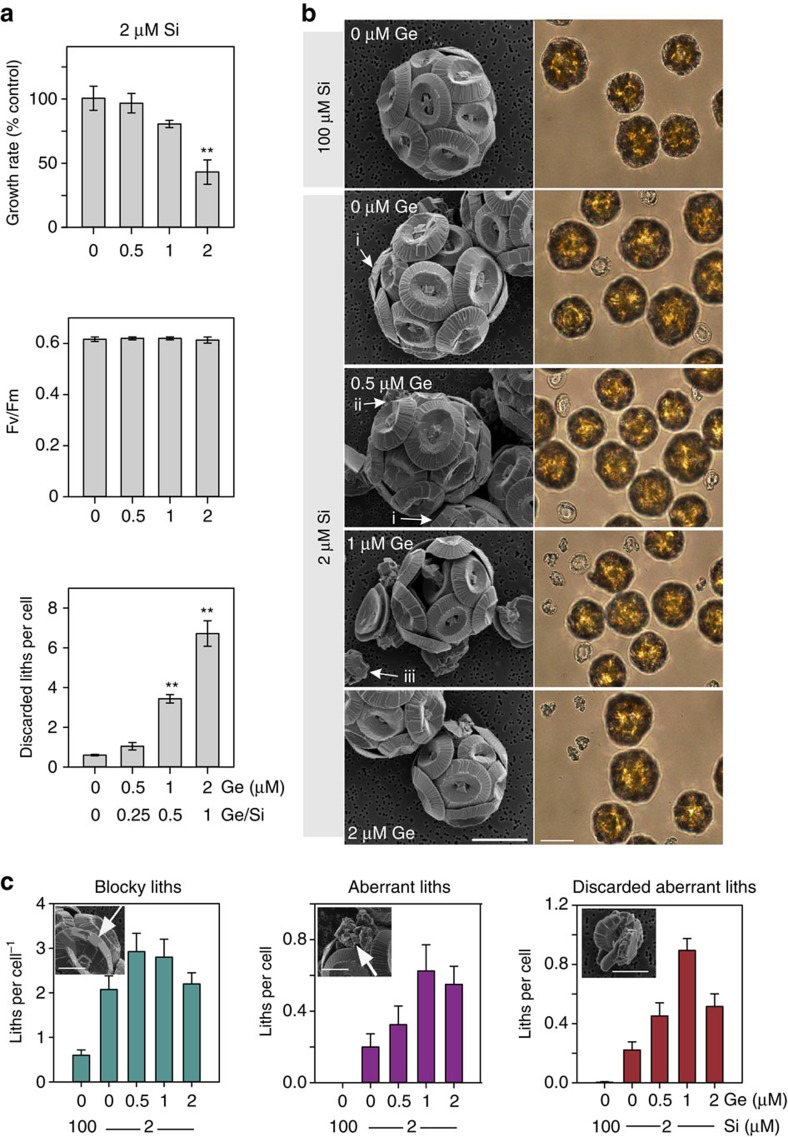Figure 5. Ge causes defects in calcification at low Ge/Si ratios.
(a) C. braarudii cells were treated with 0, 0.5, 1 or 2 μM Ge for 48 h in seawater containing 2 μM Si. Growth, photosynthetic efficiency and the number of discarded liths were determined. *P<0.05 and **P<0.01 denote treatments that differ significantly from the 0 μM Ge control (one-way ANOVA with Holm–Sidak post hoc test, n=3). (b) SEM (left panel) and bright-field microscopy (right panel) images of C. braarudii cells grown in Ge for 48 h (conditions described in a). Three classes of defective coccolith morphology were observed. (i) ‘Blocky' coccoliths where the overlapping arrangement of the distal shield is disrupted, but the shape of the coccolith is preserved. (ii) Aberrant coccoliths with highly disrupted morphology (iii) Discarded aberrant coccoliths that are not successfully integrated into the coccosphere. Note that even without Ge treatment ‘blocky' coccoliths can be observed at 2 μM Si, but these are not present at 100 μM Si. Scale bar, 10 μm. (c) Quantification of the defective coccolith morphology shown in b. At least 40 cells were scored for each treatment. For discarded liths four to seven fields of view were scored containing at least 40 cells. Error bars denote standard errors. Scale bar, 5 μm.

